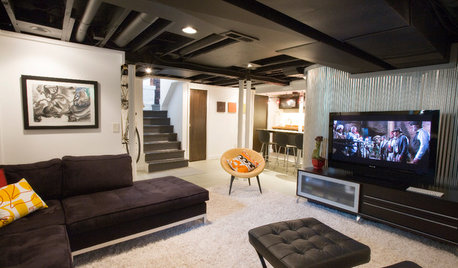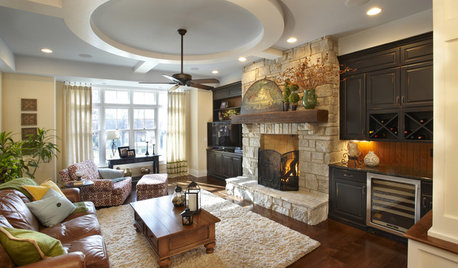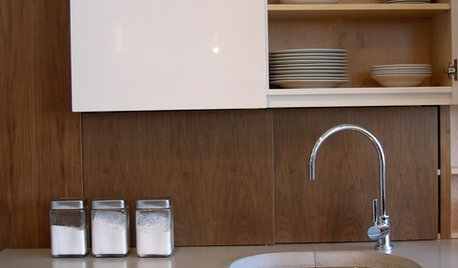Wire before insulation or visa versa?
spafrica2003
13 years ago
Featured Answer
Sort by:Oldest
Comments (16)
worthy
13 years agoRelated Professionals
Ridgewood Kitchen & Bathroom Designers · Schenectady Kitchen & Bathroom Designers · Soledad Kitchen & Bathroom Designers · South Farmingdale Kitchen & Bathroom Designers · Cherry Hill Kitchen & Bathroom Designers · Omaha Kitchen & Bathroom Remodelers · Paducah Kitchen & Bathroom Remodelers · Wilmington Island Kitchen & Bathroom Remodelers · Appleton Interior Designers & Decorators · Binghamton General Contractors · Chatsworth General Contractors · Genesee General Contractors · Leavenworth General Contractors · Pepper Pike General Contractors · Titusville General Contractorsbrickeyee
13 years agoMongoCT
13 years agokudzu9
13 years agokudzu9
13 years agoworthy
13 years agobrickeyee
13 years agoae2ga
13 years agokudzu9
13 years agobill_g_web
13 years agobrickeyee
13 years agobrickeyee
13 years agoae2ga
13 years agoBrent Moffitt
6 years ago
Related Stories

MATERIALSWhat to Ask Before Choosing a Hardwood Floor
We give you the details on cost, installation, wood varieties and more to help you pick the right hardwood flooring
Full Story
LIVING ROOMSBelow My Houzz: An Inviting Basement With Industrial Edge
Reconfiguring a cramped, damp basement opens up a new world of sleek, functional spaces
Full Story
BEFORE AND AFTERSA ‘Brady Bunch’ Kitchen Overhaul for Less Than $25,000
Homeowners say goodbye to avocado-colored appliances and orange-brown cabinets and hello to a bright new way of cooking
Full Story
COLORWant Gorgeous Interior Colors? Look to the Light
See how to manipulate natural and artificial light — and learn about those baffling new bulbs — to get the exact room colors you want
Full Story
FIREPLACESThe Right Built-ins for Your Fireplace
Building the perfect storage around your fireplace starts with deciding what it's for. These 14 examples will get you started
Full Story
ARCHITECTUREAre Vaulted Ceilings Right for Your Next Home?
See the pros and cons of choosing soaring ceilings for rooms large and small
Full Story
PETSPet-Proofing Your Home: A Room-by-Room Guide
Not all pet dangers are obvious. Keep furry friends safe and sound by handling all of these potential hazards
Full Story
REMODELING GUIDESWisdom to Help Your Relationship Survive a Remodel
Spend less time patching up partnerships and more time spackling and sanding with this insight from a Houzz remodeling survey
Full Story
REMODELING GUIDES8 Tips to Help You Live in Harmony With Your Neighbors
Privacy and space can be hard to find in urban areas, but these ideas can make a difference
Full Story
KITCHEN WORKBOOK8 Kitchen Amenities You'll Really Wish You Had
Keep kitchen mayhem and muck to a minimum with these terrific organizers and other time-saving, mess-preventing features
Full StoryMore Discussions









kudzu9